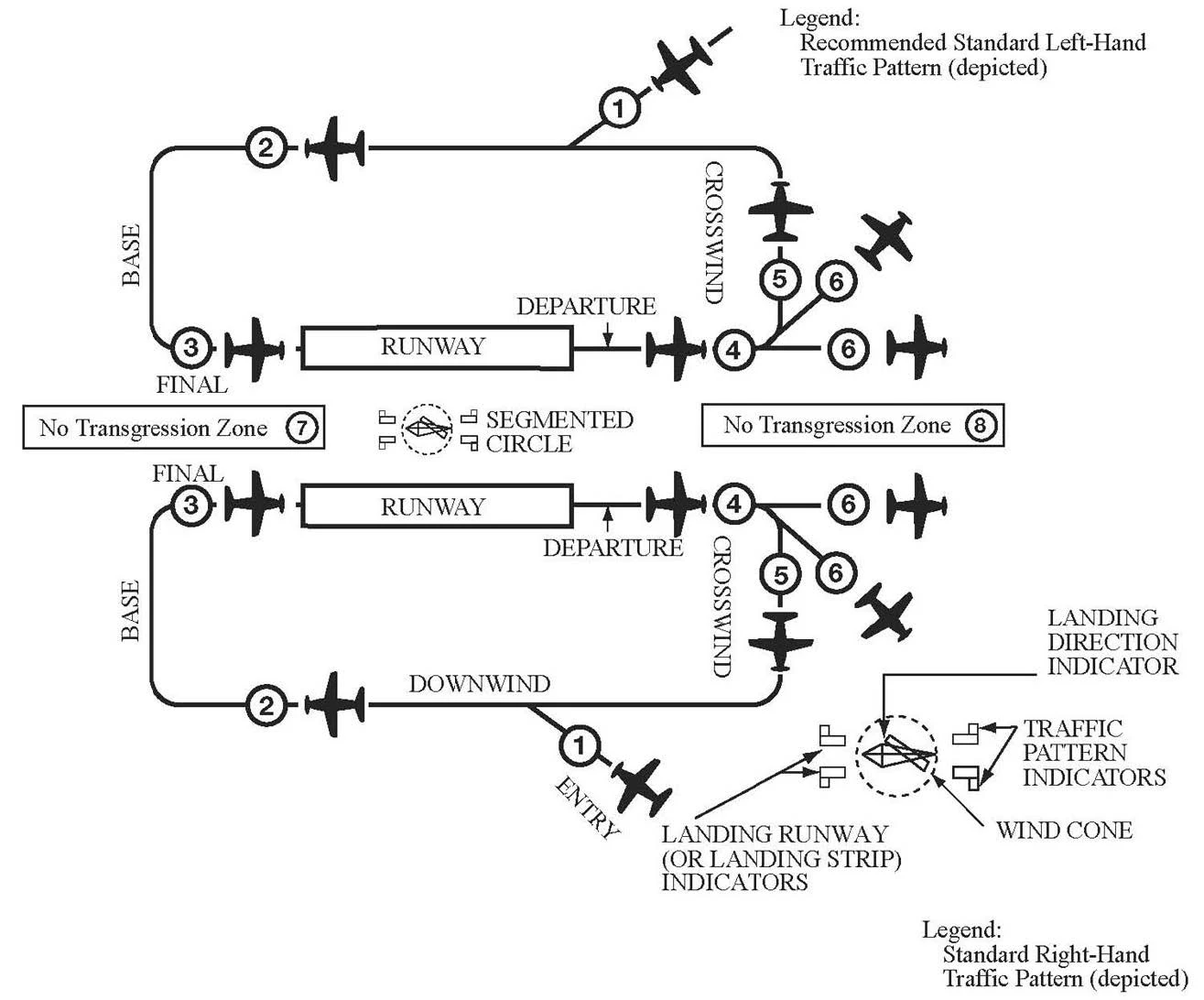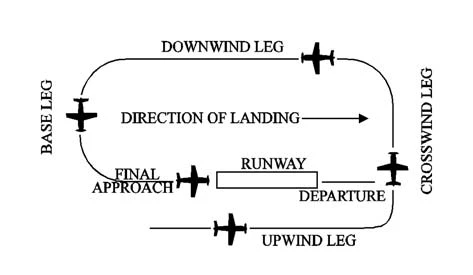Airfield Ops 101
*In an effort to coordinate safe and controlled airfield operations the following guidelines should be used whenever possible. *
Prior to Taxi
- Taxi light on
- Ensure all flight members are on ATC UHF freq
- Flight lead requests clearance to taxi from location to EOR
- "Batumi Ground, Joker Flight of 4, taxiing from spot 4 to 31 EOR. Holding for take-off"
- If no conflicts, cleared to taxi
Taxi
- Flight lead will check for flight ready
- When all flight members are ready, Flight Lead will roll out followed by the rest of the flight
- Maintain safe distance between aircraft
- Utilize appropriate taxi ways
- Flight Lead will stop at Hold line prior to entering runway
EOR/Take-Off
- Flight lead will request clearance to enter take off positions on runway
- "Batumi Ground, Joker Flight of 4, request clearance for immediate take-off"
- If no conflicts, enter runway and take off when ready
- Maintain VFR
Outbound Vector
- Unless otherwise briefed/required, departure flight path will either be straight out with a 7 deg climb to 5000 ft AGL, or 30 degrees left/right (dependent on Traffic Pattern) of centerline at a 7 deg climb to 5000 ft AGL
- This will be briefed prior to take off
- Left/Right direction from centerline will be determined by the Primary Traffic Pattern over the airfield
- If Traffic Pattern is CCW, then a 30 deg left of center flight path can be authorized on take off
- If Traffic Pattern is CW, then a 30 deg right of center flight path can be authorized on take off
- If airfield has dual runways, then the Traffic Pattern for the Left Runway will be CCW, and the Right Runway will be CW
- Once you have reached 5 miles distance from the airfield you should switch to your assigned mission freq
Dual Runway Departure/Landing Traffic Patterns

Single Runway CCW Traffic Pattern

Approach Vector
- Standard airfield approach vector will be at an approximate 45 deg angle to the Downwind leg of the Traffic Pattern at the airfield
- Traffic Pattern directions should be determined prior to mission start
- Initial entry into the Traffic Pattern should be at approximately 4000 ft AGL
- Minimum distance between aircraft in the same pattern should be 1000 ft
- Enter the Traffic Pattern on the Downwind leg
- Once you are in the Traffic Pattern update ground
- "Batumi Ground, Joker Flight of 4, in Traffic Pattern, Angels 4"
Landing
- Continue the Traffic Pattern while decreasing your altitude on each Downwind leg until you are at 1000 ft AGL
- If Traffic Pattern below you has more than 2 aircraft continue the pattern at your current altitude until the pattern level below you is cleared of aircraft
- Hold at this altitude until you receive clearance to land
- Request clearance to land ensuring you state your runway request
- "Batumi Ground, Joker Flight of 4, request clearance to land VFR, 31 Left"
- If no conflict, turn Base, then Final and land
- Once you have landed and cleared the Active Runway, contact ground and report clear
- "Batumi Ground, Joker Flight clear Active, taxiing to Spot 4"
- Utilize appropriate taxi ways to get to your parking area
EMERGENCY PROCEDURES
- Any aircraft declaring an IFE takes priority in the landing line-up
- You should declare an IFE if you have any type of emergency that will not allow you to safely follow the Traffic Pattern into a standard landing (battle damage, low fuel state, physiological disfunction, etc)
- All other airborne aircraft will hold within the Traffic Pattern until the IFE aircraft has landed and taxied off the Active Runway
- All aircraft on the ground will hold there positions until the IFE aircraft has landed and taxied off the Active Runway
- Aircrew should contact ATC when they are within 5 miles of the airfield
- "Batumi Ground, Joker 1-3 declaring IFE, request emergency clearance for direct VFR approach, 31 Left"
- Once all air traffic confirms they are holding in the Traffic Pattern, and all aircraft on the ground are holding their positions, you are cleared in on a direct approach